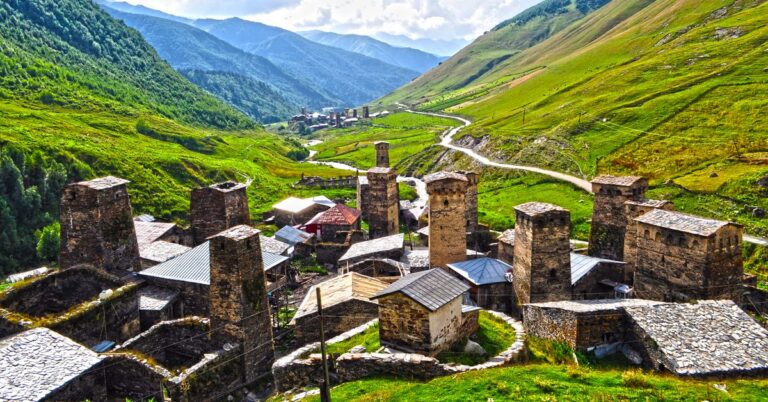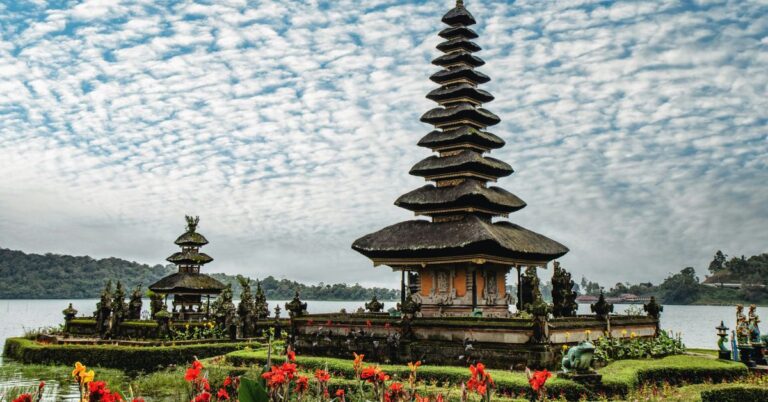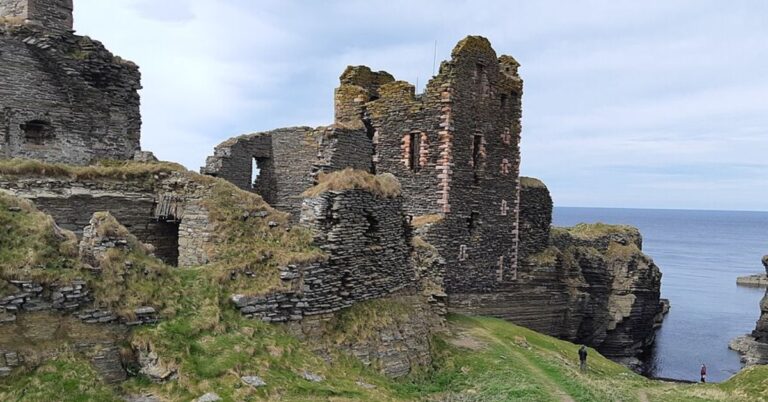25 Destinations That Look Completely Unreal
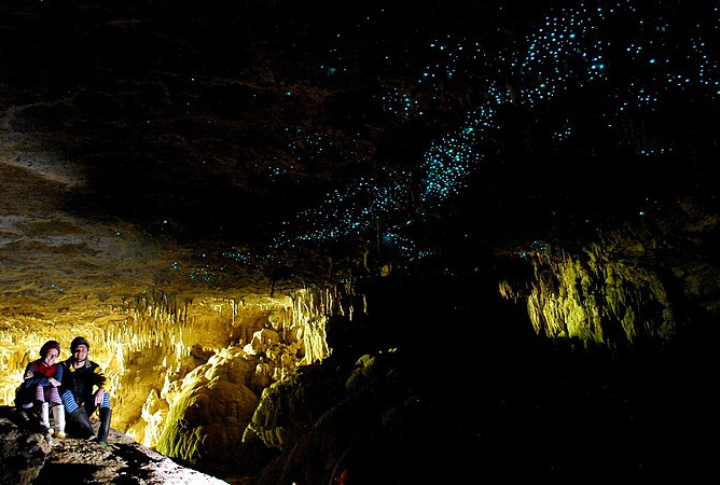
Earth holds secrets that feel anything but earthly. Scattered across continents are places so strange and visually jarring that they seem better suited to science fiction than reality. Let’s explore the most surreal spots ever discovered; each one looks like a scene from another planet.
Salar De Uyuni, Bolivia
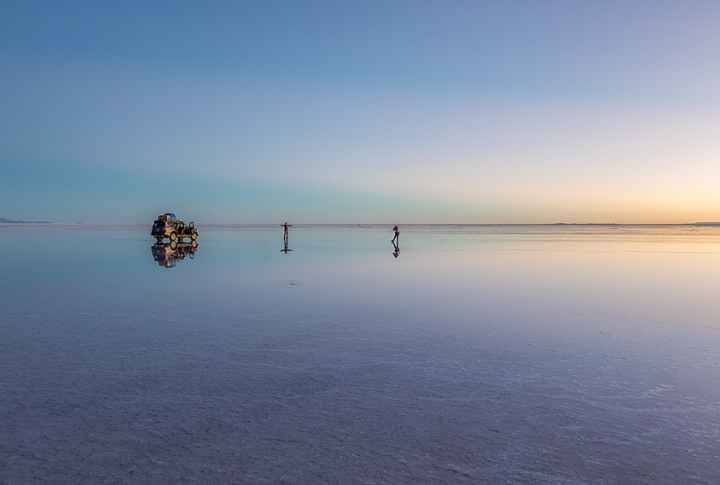
Rainfall during the wet season turns this salt flat into a giant sky mirror. Stretching over 4,000 square miles, Salar de Uyuni is the world’s largest salt flat. When dry, the surface stretches out as an unbroken sheet of white salt. But when wet, it reflects the clouds so perfectly it barely looks real.
Zhangye Danxia Geopark, China
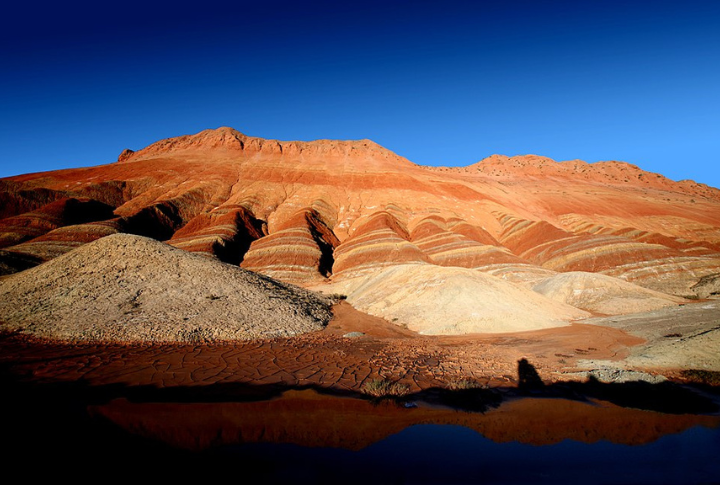
Stripes of red, yellow, pink, and orange run through the rock formations, creating a scene that resembles melted crayons spilled over stone. These surreal bands formed from layers of sandstone and minerals pressed together for millions of years. The colors change throughout the day as sunlight moves and angles shift.
Waitomo Glowworm Caves, New Zealand
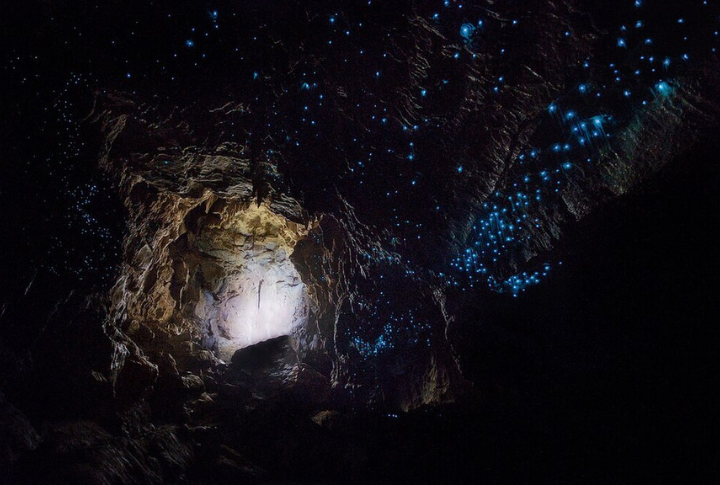
Light flickers above like stars in a cave ceiling, but the source isn’t celestial. Tiny glowworms cling to the walls, emitting blue-green bioluminescence as they lure prey. Tourists drift through by boat, surrounded by darkness except for the gentle glow from thousands of these eerie creatures.
Dallol, Ethiopia
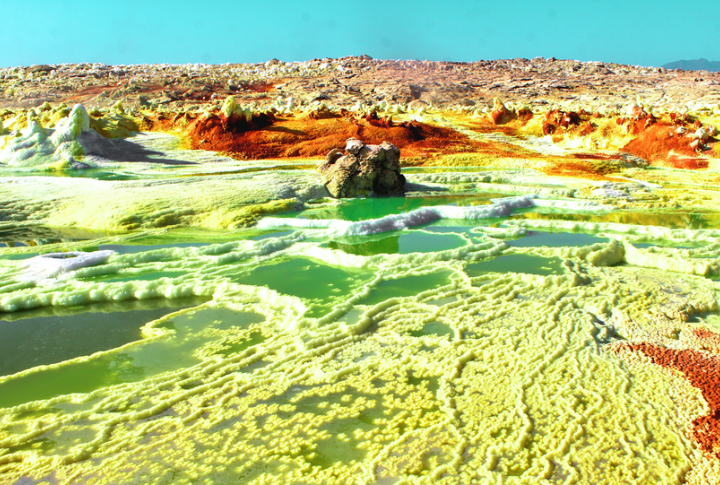
Bubbling pools sprawl beside glowing acid lakes, where salt chimneys rise from the mineral-stained ground in one of Earth’s most alien settings. Temperatures here regularly exceed 100°F, and while some pools are too extreme for life, others harbor microorganisms adapted to the harsh conditions.
Wulingyuan Scenic Area, China
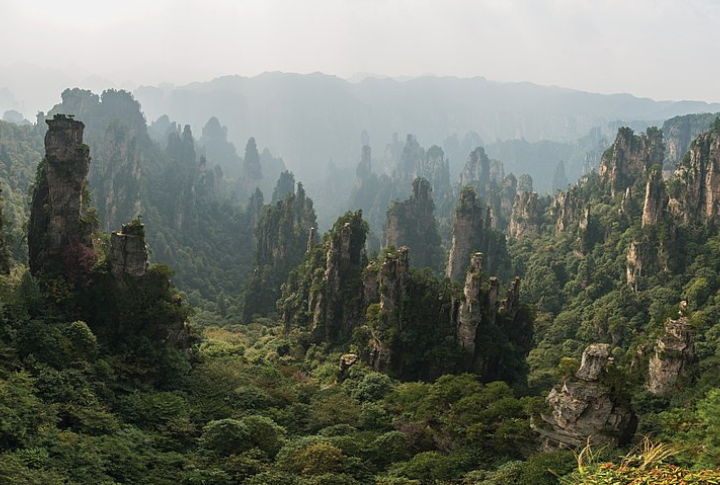
Jagged sandstone spires rise from mist-covered valleys, resembling the floating mountains in “Avatar.” In fact, over 3,000 narrow pillars stretch into the sky, carved over centuries by wind and water. Some peaks even support small trees that grow in impossible spots as they cling to rock faces high above the ground.
Socotra Island, Yemen

Dragon’s blood trees pop up like green umbrellas on twisted trunks, their shadows stretching across a terrain that feels more lunar than coastal. Nearly 40% of the island’s plant life grows nowhere else. The island’s isolation in the Indian Ocean helped preserve its strange, prehistoric-looking ecosystem.
Pamukkale, Turkey
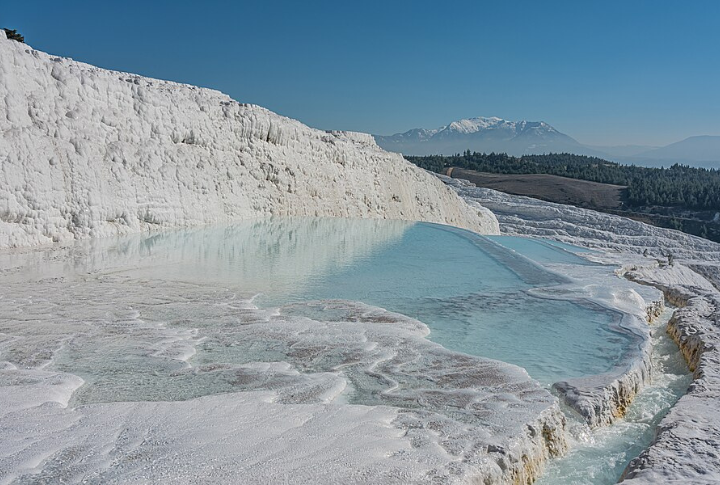
Calcium-rich water flows over white terraces and leaves behind mineral deposits that solidify into smooth, frozen-looking pools. Pamukkale means “cotton castle” in Turkish, which perfectly fits the scene. Bathers have relaxed here for centuries as thermal water fills each tier like a cascading natural spa.
Antelope Canyon, USA

Sunlight slices through narrow sandstone walls and reflects off curved surfaces in a shifting play of color and shadow. Over time, flash floods carved these winding corridors in northern Arizona. In Antelope Canyon, as light changes with the season and hour, the walls glow in varying tones—from soft gold to deep purple.
Lake Natron, Tanzania
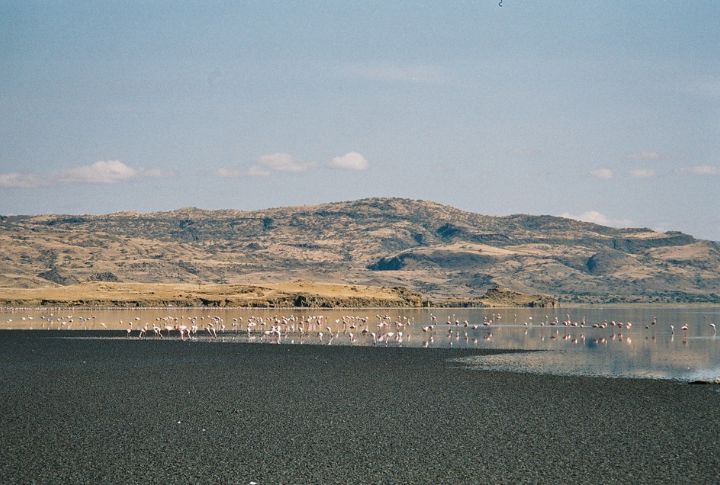
Shallow waters shine red from algae that thrive in the lake’s salty, high-alkaline conditions. With temperatures nearing 120°F and a pH as high as ammonia, Lake Natron turns most creatures away; however, Flamingos nest along its crusty shores, immune to the conditions that preserve even carcasses in stone-like form.
Champagne Pool, New Zealand

In New Zealand’s Wai-O-Tapu region, an orange-rimmed pool releases steady carbon dioxide streams as it bubbles with geothermal energy. Created by underground activity, the near-boiling water shimmers with vivid colors from dissolved minerals. Steam drifts across the surface, casting a dreamy haze over this striking thermal wonder.
Mount Roraima, Venezuela/Brazil/Guyana
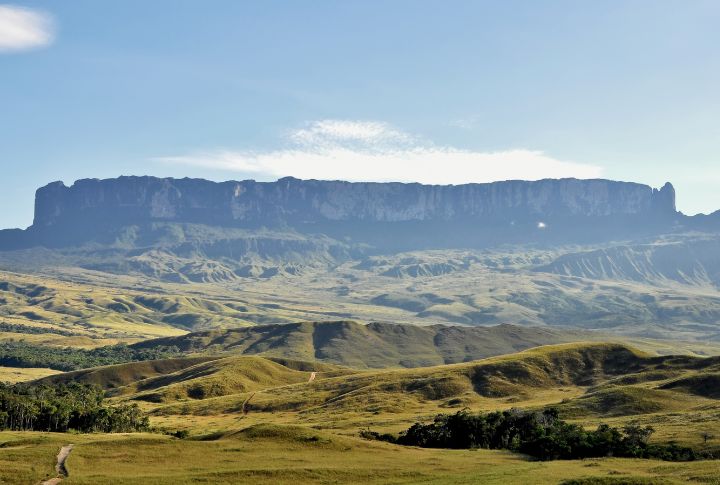
Mount Roraima’s steep sandstone walls and isolated summit helped inspire parts of “The Lost World.” At the top, unique species have survived in seclusion, cut off for millions of years by sheer rock faces. Clouds often cling to its flat-topped cliffs rising sharply from the dense jungle below.
White Desert, Egypt

In Egypt’s White Desert, chalk-white rock formations throughout the Sahara resemble ghostly sculptures. Wind erosion gradually shaped the limestone into forms that resemble mushrooms or towering spires. As moonlight spreads across the surface, the ground takes on a silvery glow that feels more extraterrestrial than earthly.
Son Doong Cave, Vietnam
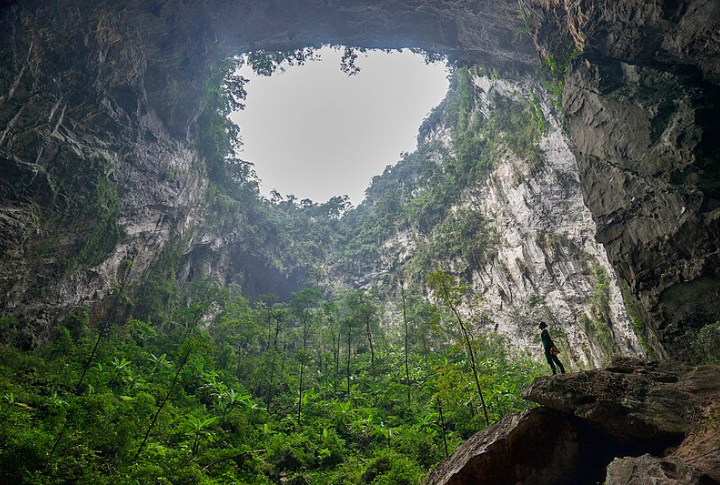
An underground passage big enough to hold a New York City block stretches through central Vietnam. Inside, jungles grow where sunlight filters through collapsed ceilings, and clouds form in the cave’s weather system. The cave’s main chamber rises over 650 feet, making it the largest known underground passage on the planet.
Great Blue Hole, Belize
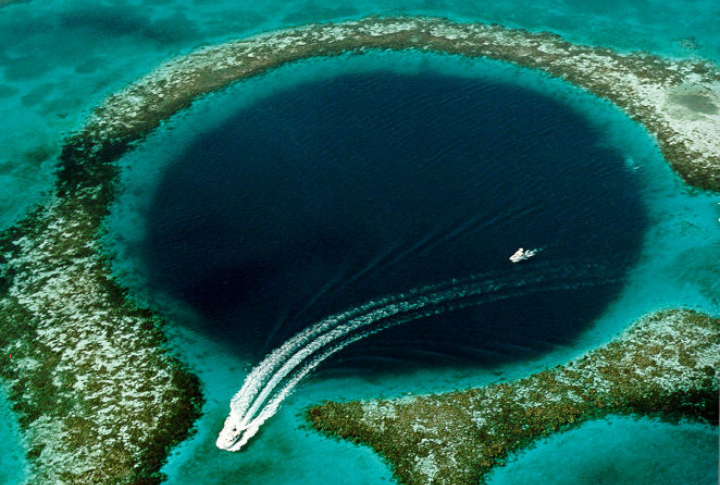
Dark navy water fills the heart of this vast marine sinkhole just off Belize’s coast. The hole, which formed during the last ice age, drops over 400 feet deep and holds ancient stalactites. Divers swim through vertical shafts that descend into silence, surrounded by reef sharks and submerged caverns.
Rainbow Mountain, Peru
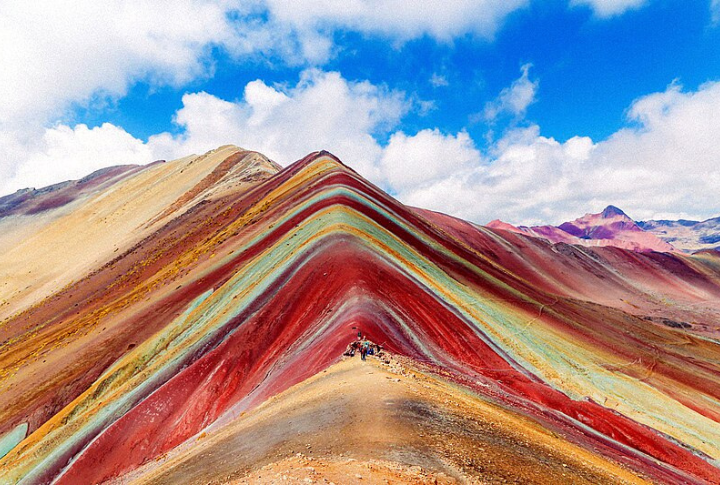
Turquoise streaks cut through soft lavender, with touches of gold rising between. These vivid shades appeared as minerals settled over time, revealed through slow tectonic shifts and erosion that sculpted this striking corner of the Andes. Reaching the summit requires a high-altitude trek, but the surreal view of painted ridges makes the climb unforgettable.
Fly Geyser, Nevada, USA
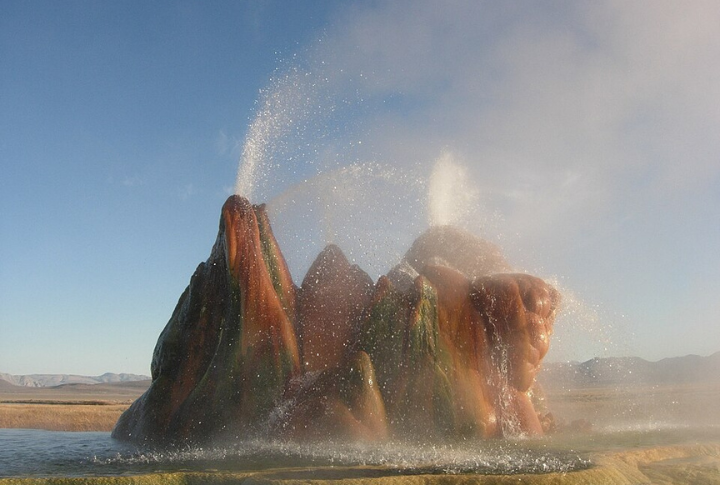
Boiling water bursts from a mound of rainbow-colored rock in the middle of the desert. This geothermal oddity wasn’t entirely natural—drilling in the 1960s struck a hot spring, and minerals built up over time to create its vivid, alien appearance. The geyser continues to spurt water several feet high.
Lake Hillier, Australia
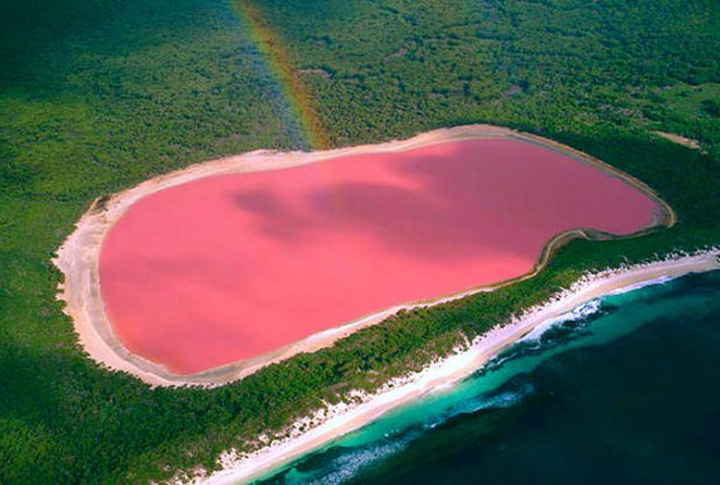
Bubblegum-pink water contrasts sharply with a deep blue ocean just beyond a narrow strip of forest. The vibrant hue comes from microorganisms in the salt water, though the exact mechanism isn’t fully understood. Despite its intense color, the lake isn’t hazardous and stays strikingly pink regardless of season or lighting.
Cappadocia, Turkey

Valleys once shaped by volcanic ash and erosion are now filled with cone-shaped rock spires called “fairy chimneys,” standing tall across the surreal terrain. People dug into the soft rock for centuries to build homes, churches, and underground cities. At sunrise, hot air balloons floating above this ancient region add a dreamlike layer to the view.
Deadvlei, Namibia
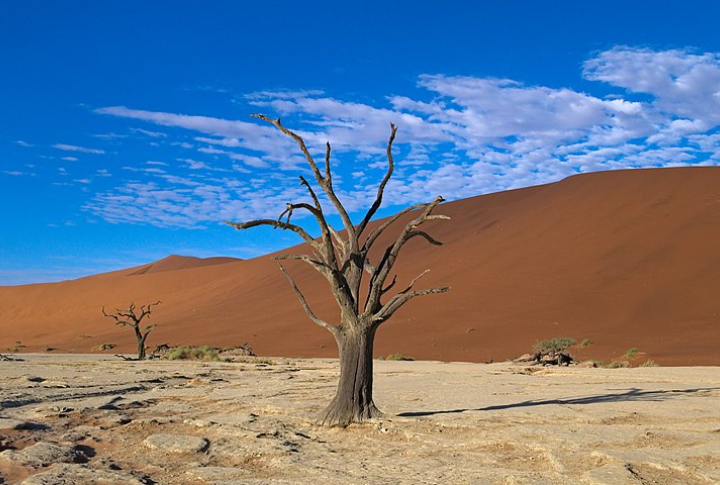
Blackened tree trunks stand frozen on a white clay pan surrounded by towering red dunes. These camel thorn trees perished centuries ago but never decomposed due to the dry climate. The eerie contrast between dark wood and pale ground against a backdrop of rust-colored sand evokes a scene more Martian than earthly.
Marble Caves, Chile

Waves from Lake General Carrera carved swirling blue-and-white tunnels into solid marble over thousands of years. Reflections from the glacial water create shifting patterns on the cave walls, and the light gives the stone surfaces an otherworldly glow. Only small boats can access these delicate structures along the remote Patagonian shoreline.
Northern Lights Over Tromso, Norway
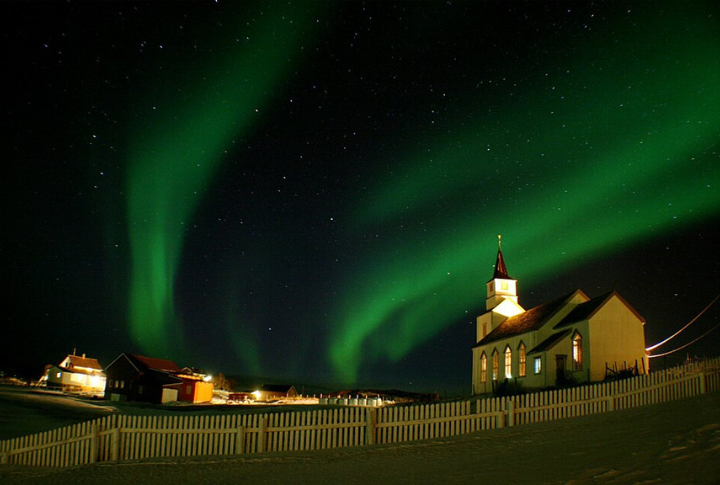
Colors ripple silently across Arctic skies as charged particles collide with Earth’s atmosphere. Near Tromso, above the Arctic Circle, the aurora borealis is often visible for hours. Green fills the sky, with occasional streaks of violet and red that form a surreal light show over snowy fjords and forests.
Ice Bubbles In Abraham Lake, Canada
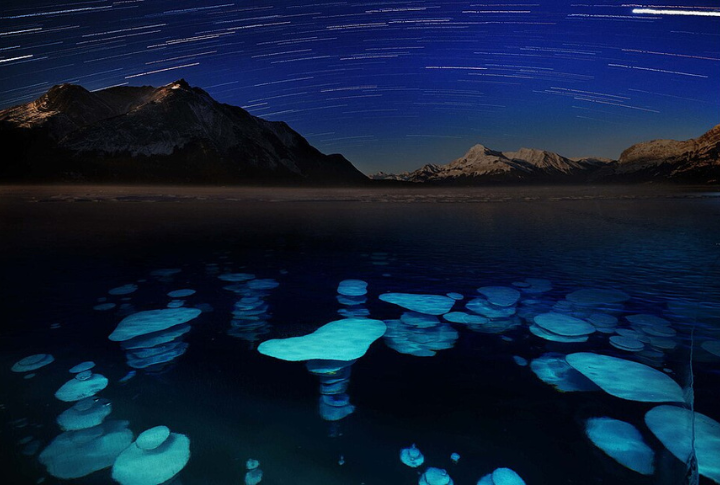
Frozen methane traps create white orbs suspended in the lake’s clear blue ice. As bacteria feed on organic matter underwater, gas rises and freezes in layers. The result? Dozens of icy discs stack beneath the surface, drawing photographers worldwide to Alberta each winter.
Chocolate Hills, Philippines
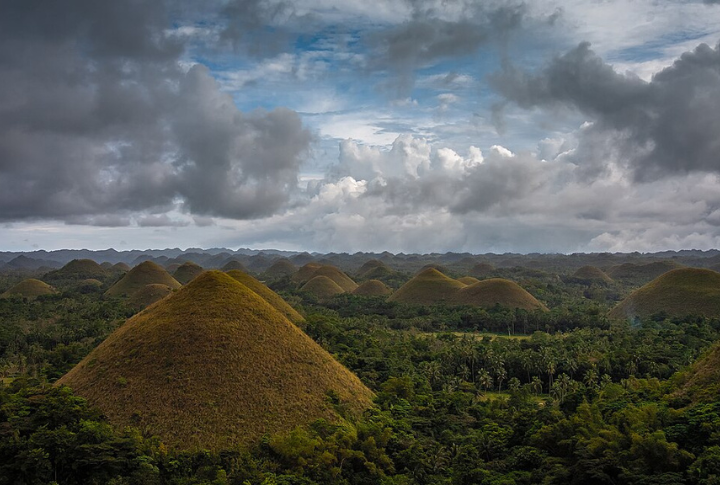
Over a thousand rounded hills dot the central island of Bohol. During the dry season, when grass turns brown, they look like mounds of cocoa powder—hence the name. The nearly symmetrical shapes formed through erosion over limestone bedrock, though their near-identical size and spacing still puzzle geologists.
Richat Structure, Mauritania
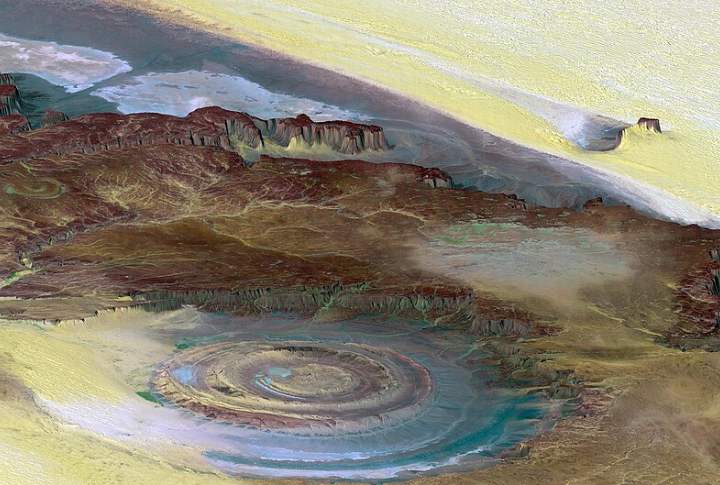
From space, a massive bullseye pattern appears stamped into the Sahara. Known as the Eye of the Sahara, this massive circular formation spans over 25 miles. Once believed to be an impact crater, scientists suggest that erosion gradually uncovered ancient rock layers arranged in a near-perfect spiral over millions of years.
Ice Cave Inside Vatnajokull Glacier, Iceland
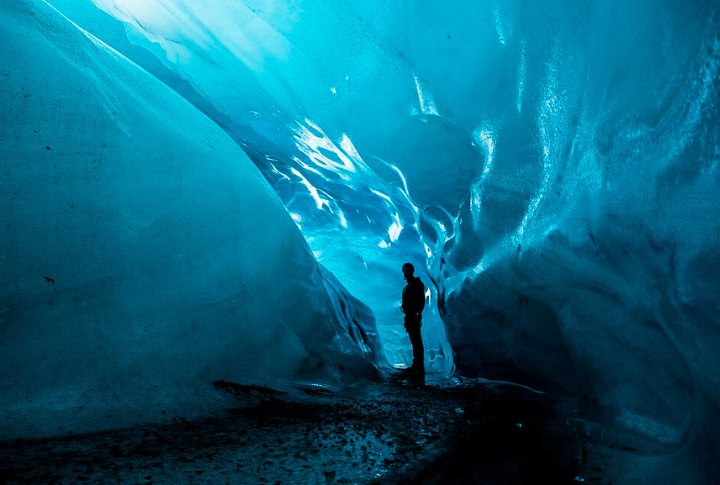
A glowing blue tunnel forms beneath one of Europe’s largest glaciers each winter. Meltwater cuts channels through the ice, creating smooth, glass-like walls that shimmer with every daylight shift. The caves collapse and reform annually, revealing a different frozen structure every season.

